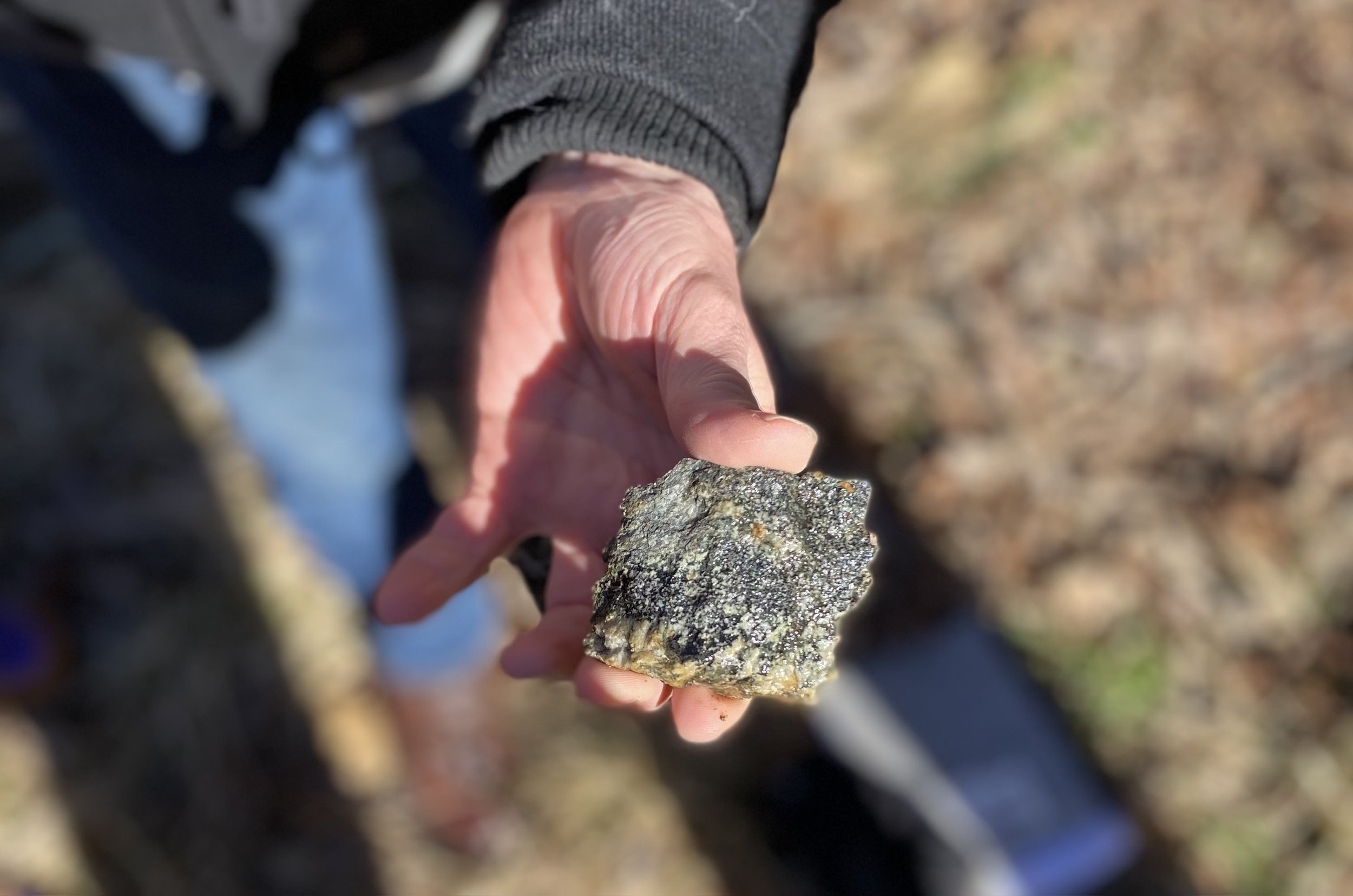
Springtime Salamanders
The mountains are finally warming up, and the forests are starting to come alive with some of our favorite critters! Salamanders have long been a staple species for us here at the Blue Ridge Discovery Center and have been a fan favorite for decades at the Mount Rogers Naturalist Rallies.

Winter Rally Re-Cap
We were so delighted to host the first ever Mount Rogers Winter Naturalist Rally this past weekend!